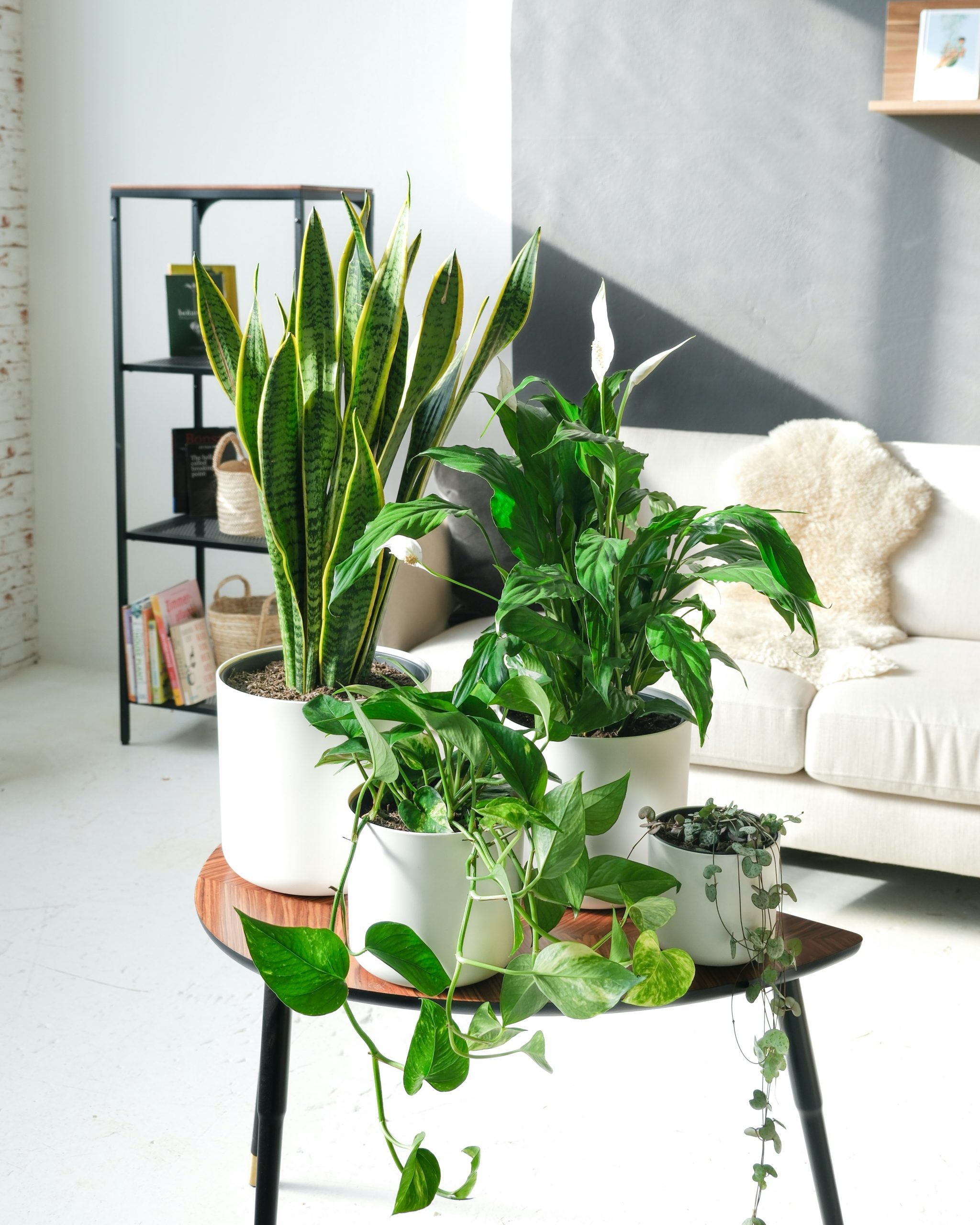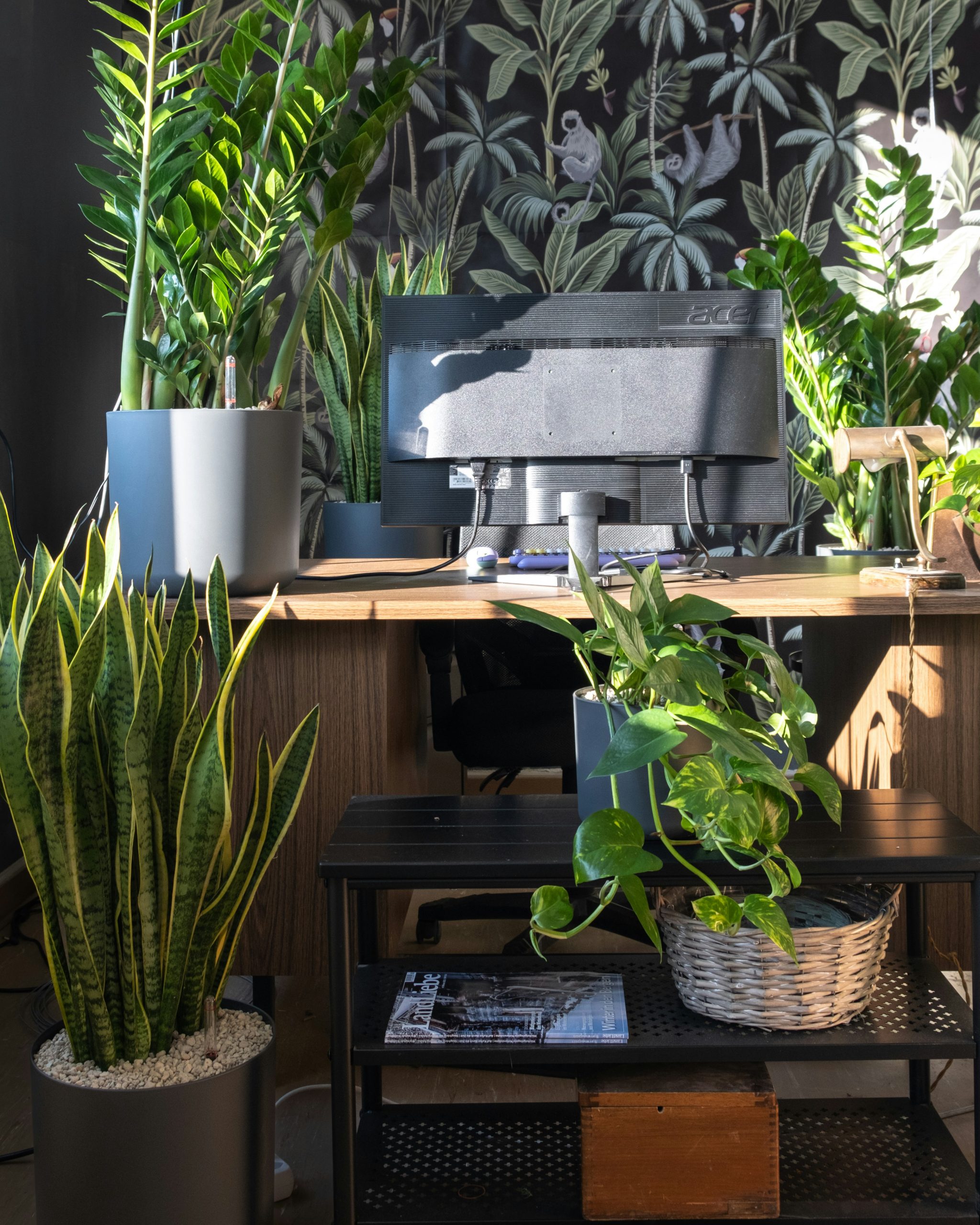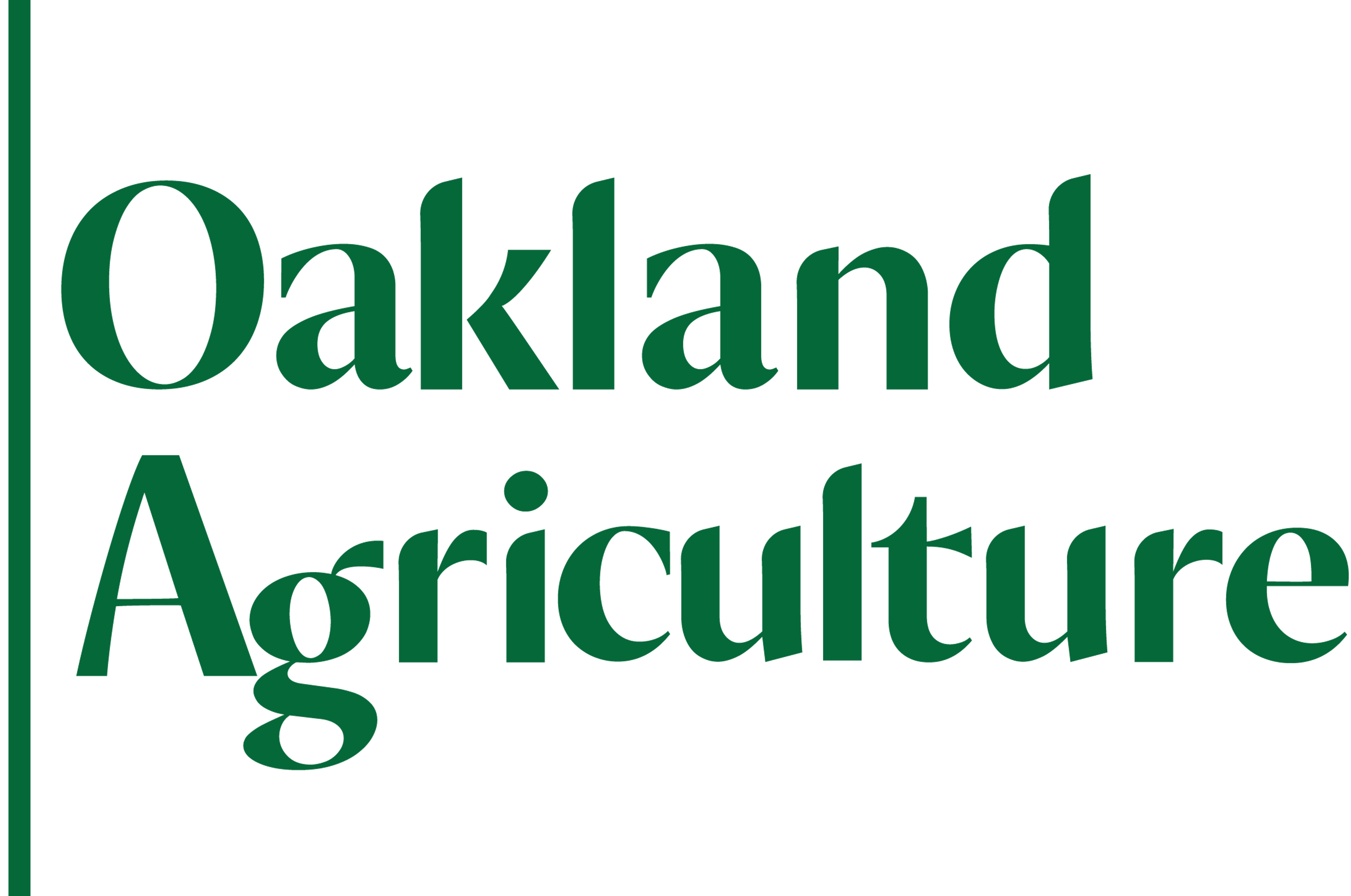Date palms (*Phoenix dactylifera*) are an iconic symbol of the UAE, deeply rooted in the region’s culture and heritage. Known for their graceful fronds and delicious, nutrient-rich fruits, date palms thrive in the UAE’s hot, arid climate. Whether you’re growing them for their ornamental beauty or to harvest dates, these trees require specific care to flourish in the UAE’s unique environment. In this blog, we’ll walk you through everything you need to know about caring for date palms in the UAE.
1. Choosing the Right Location
Date palms are well-suited to the UAE’s climate, but proper placement is still crucial:
– Sunlight: Date palms require full sun, and the UAE’s abundant sunshine is perfect for their growth. Ensure they receive at least 6–8 hours of direct sunlight daily.
– Space: These trees can grow up to 75 feet tall and spread wide, so ensure there’s enough room for their mature size.
– Soil: Date palms prefer well-draining, sandy soil, which is common in the UAE. If your soil is heavy or clay-like, amend it with sand to improve drainage.
—
2. Planting Date Palms
Planting date palms correctly ensures they establish strong roots and grow well:
– Timing: The best time to plant date palms in the UAE is during the cooler months, from October to March, to avoid extreme heat stress.
– Dig a hole: Make it twice as wide and deep as the root ball.
– Position the tree: Place the palm in the hole, ensuring the root ball is level with the ground.
– Backfill: Fill the hole with soil, gently tamping it down to remove air pockets.
– Water thoroughly: Give the tree a deep watering after planting to help it establish roots.
—
3. Watering Requirements
While date palms are drought-tolerant, they need consistent watering, especially in the UAE’s hot climate:
– Young trees: Water deeply 2–3 times a week during the first two years to encourage root growth.
– Mature trees: Reduce watering to once every 1–2 weeks, depending on rainfall and soil conditions. Use drip irrigation to conserve water and ensure deep root hydration.
– Avoid overwatering: Poor drainage can lead to root rot, so ensure the soil dries out between waterings.
—
4. Fertilizing for Growth and Fruit Production
Date palms are heavy feeders and benefit from regular fertilization:
– Use a palm-specific fertilizer: Look for a fertilizer with a balanced NPK ratio (e.g., 8-2-12) that includes micronutrients like magnesium, manganese, and iron.
– Frequency: Fertilize 3–4 times a year during the growing season (spring to fall).
– Application: Spread the fertilizer evenly around the base of the tree, avoiding direct contact with the trunk.
—
5. Pruning and Maintenance
Regular pruning keeps date palms healthy and attractive:
– Remove dead fronds: Trim brown or yellowing fronds to prevent pests and diseases.
– Cut fruit stalks: After harvesting dates, remove the fruit stalks to encourage new growth.
– Avoid over-pruning: Leave green fronds intact, as they are essential for photosynthesis.
—
6. Protecting from Pests and Diseases
Date palms in the UAE can be susceptible to pests and diseases, so keep an eye out for these common issues:
– Pests: Watch for red palm weevils, spider mites, and scale insects. Treat infestations with insecticidal soap or neem oil.
– Diseases: Fungal infections like bayoud disease can affect date palms. Ensure proper drainage and avoid overwatering to prevent fungal growth.
– Prevention: Regularly inspect your tree and maintain good hygiene by removing fallen fronds and debris.
—
7. Pollination for Fruit Production
Date palms are dioecious, meaning they have separate male and female trees. To produce fruit:
– Identify male and female trees: Male trees produce pollen, while female trees bear fruit.
– Hand pollination: If you have both male and female trees, collect pollen from the male flowers and apply it to the female flowers using a brush or by shaking the male flower cluster over the female flowers.
– Timing: Pollinate in early spring when the flowers are in bloom.
—
8. Harvesting Dates
Patience is key when growing date palms, as they can take 4–8 years to produce fruit. Here’s how to harvest dates in the UAE:
– Timing: Dates are ready to harvest in late summer or early fall when they turn soft and change color (usually to a deep brown or amber).
– Method: Cut the entire fruit cluster from the tree using pruning shears.
– Drying: Allow the dates to dry in a cool, shaded area for a few days before storing.
—
9. Protecting from Extreme Heat
While date palms are well-adapted to the UAE’s heat, young trees may need extra care during peak summer months:
– Shade: Provide temporary shade for young palms during the hottest part of the day.
– Mulch: Apply a thick layer of mulch around the base to retain soil moisture and regulate temperature.
– Watering: Increase watering frequency during extreme heat to prevent stress.
—
10. Common Problems and Solutions
– Yellowing fronds: Could indicate nutrient deficiency (e.g., magnesium or potassium). Apply a palm-specific fertilizer.
– Slow growth: Ensure the tree is getting enough sunlight and water.
– No fruit: Check if you have both male and female trees and ensure proper pollination.
—
Final Thoughts
Caring for date palms in the UAE is a rewarding endeavor that connects you to the region’s rich agricultural heritage. With the right care, these majestic trees will thrive in the UAE’s climate, providing shade, beauty, and delicious fruit for generations to come. Whether you’re a seasoned gardener or a beginner, growing date palms is a fulfilling experience that celebrates the UAE’s natural environment.
Happy gardening! 🌴






